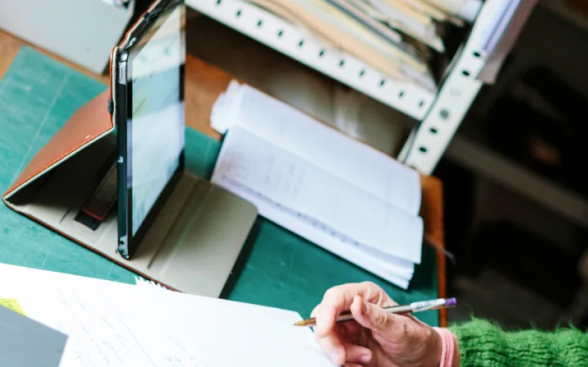Menu

* A Grant DOI (digital object identifier) is a unique, open, global, persistent and machine-actionable identifier for a grant.
Daoist Zhanzhuang is a meditation dating back two thousand years, often translated as "standing like a tree." A project led by Zhuo Job Chen at University of North Carolina at Charlotte seeks to investigate the impact of Zhanzhuang on human flourishing, exploring the physiological, psychological, and spiritual mechanisms related to the practice.
Zhanzhuang is a foundational practice, meant to establish conditions for physical and spiritual harmony. It aims to accumulate vital energy (“qi”) through meditative standing postures. In Daoist theology, qi acts as an intermediary connecting physical energy (“jing”) and spirit (“shen”). Anecdotally, Zhanzhuang is acclaimed for being efficient and simple, and is practiced both within and outside of Daoist communities. It doesn't require adherence to a specific religious worldview. Because of its simplicity and flexibility, it has become a viable option for adaptation to a broader non-Daoist population.
There is some evidence from prior research on practices such as Qigong, breath work, and other forms of internal martial arts suggesting these lead to improved physical strength and endurance, reduced fatigue, enhanced body awareness and emotion regulation, and overall improved quality of life. However, these previous studies lacked controlled conditions.
This study aims to fill this gap, employing a rigorous two-arm randomized controlled trial with 120 participants. Mixed-methods and repeated measures will be used to assess biomarkers such as heart rate variability and inflammation; psychological scales of human flourishing variables; mystical experiences measured by phenomenological interviews; and daily short-form checks on wellbeing, spirituality, and unusual bodily sensations.
The goal is to foster collaboration among scholars, practitioners, and scientists, and to bridge understanding between Daoist and non-Daoist communities, by providing insights into the practice and its underlying science. Through this project, the team aspires not only to enhance understanding of the therapeutic potential of Zhanzhuang, but to pave the way for integrating spiritual practices into healthcare interventions.
